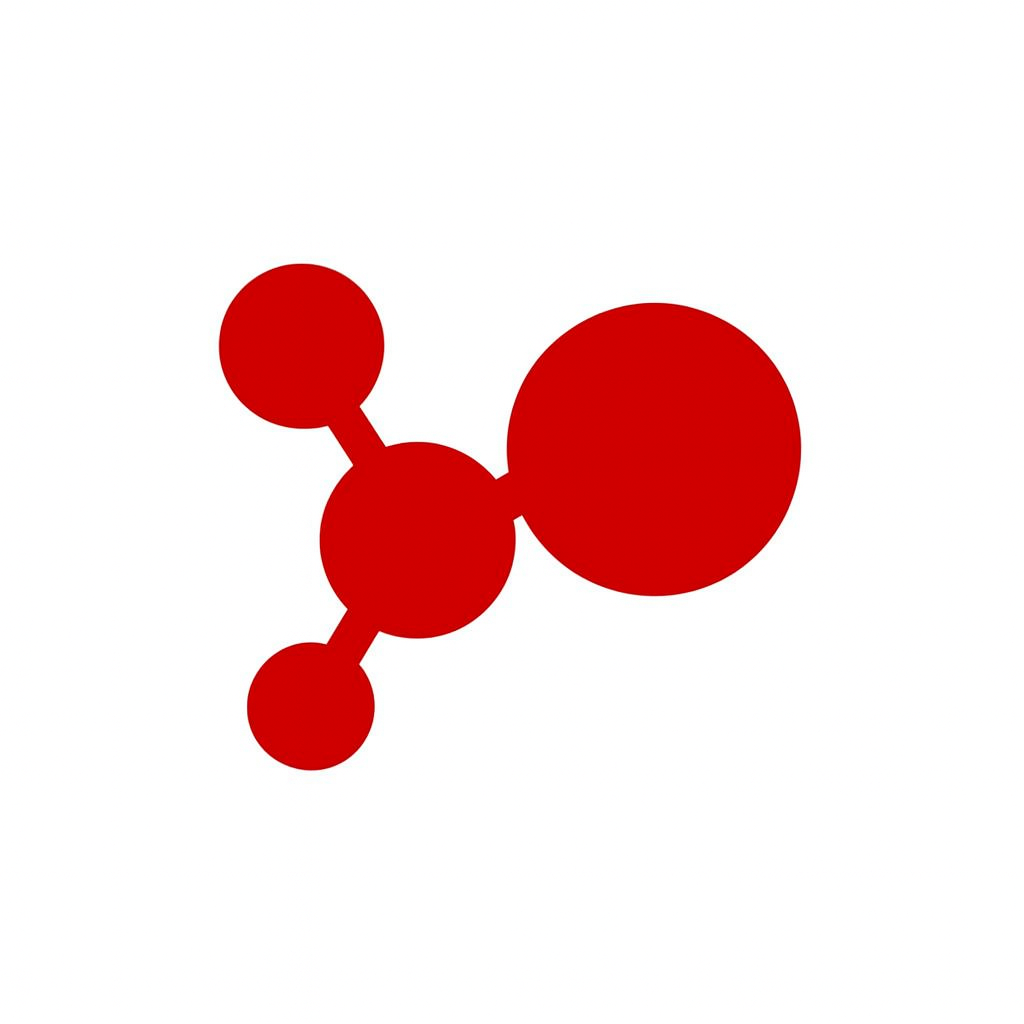From Molecule to Mock Human: Programmable Virtual Humans in Drug Discovery
Programmable Virtual Humans (PVHs) aim to close the costly “translation gap” in drug discovery by simulating how compounds behave in the human body before they reach trials.
Source: Cognaptus Blog – From Molecule to Mock Human: Why Programmable Virtual Humans Could Rewrite Drug Discovery (2025)
Drug discovery often struggles with a critical problem: many compounds that look promising in the lab fail once they reach human trials. This “translation gap” slows progress, increases costs, and leaves many potential treatments behind.

Programmable Virtual Humans (PVHs) could transform how new drugs are tested before reaching patients.
To address this challenge, researchers are exploring Programmable Virtual Humans (PVHs)—advanced AI models designed to simulate how drugs behave inside the human body. PVHs go beyond isolated predictions like target binding or toxicity. Instead, they aim to model the entire chain of events, from molecular interactions to tissue responses and even clinical outcomes.
What makes PVHs different from digital twins is their forward-looking approach. While digital twins mirror real patient data to monitor or predict known conditions, PVHs can test entirely new molecules in virtual environments. They combine perturbation data, machine learning, and biological knowledge to forecast how a treatment might restore health—before it ever reaches the lab bench or a patient.
The promise is significant. PVHs could enable virtual trials, reduce dependence on costly animal testing, and identify failures early in the pipeline. They also raise the possibility of tailoring drug responses to different patient types, expanding access to personalized medicine.
Challenges remain, of course. These systems must learn to handle data beyond current training sets, quantify uncertainty in their predictions, and integrate complex layers of biological information. Still, the progress so far suggests a major shift is underway.
For researchers, PVHs represent not just another computational tool but a new way of experimenting—one that could speed discovery, lower costs, and open new opportunities in life sciences around the world.






